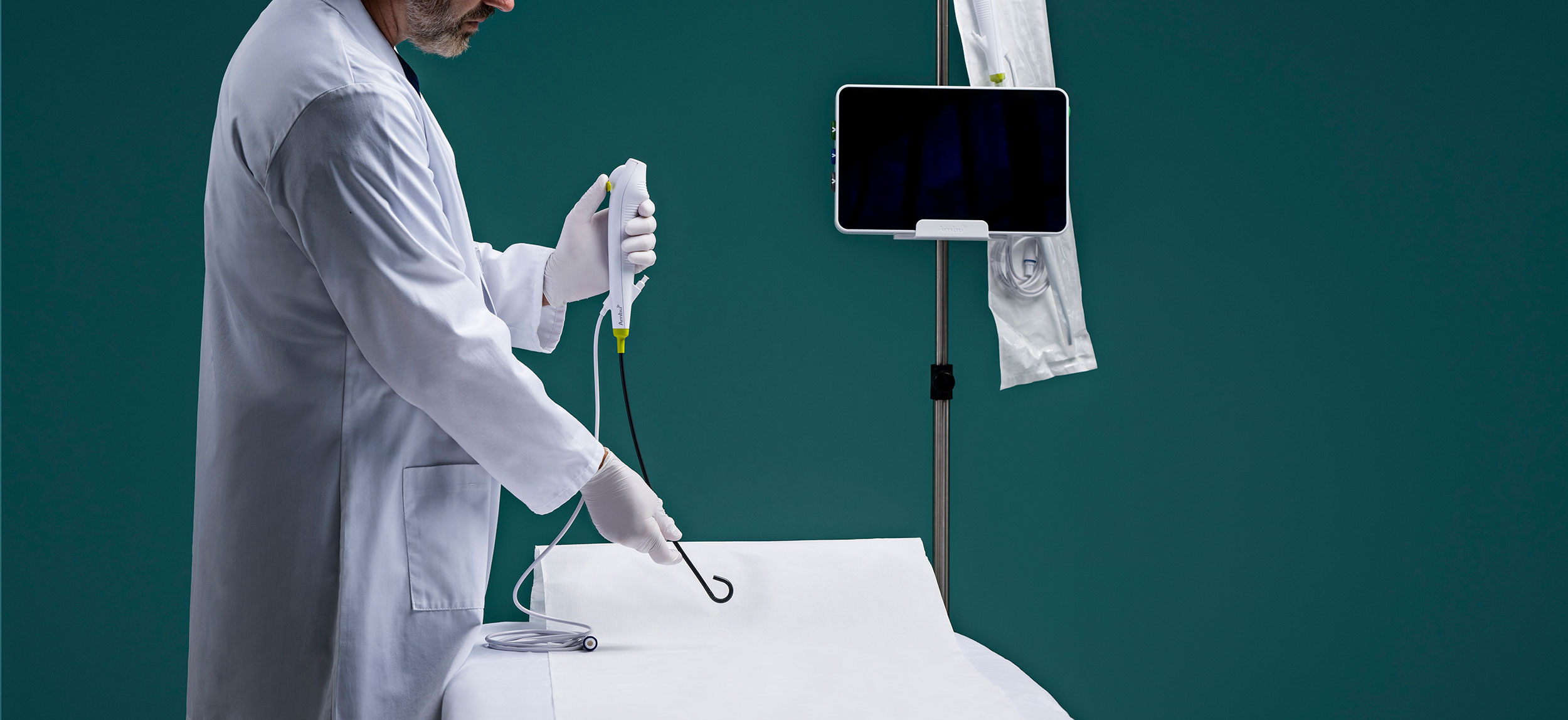
Less than a year after the first reported cases of COVID-19 in the U.S., more than 225,000 people had died from the disease nationwide.
While elective procedures were mostly postponed in the early months of the novel coronavirus pandemic, several medical societies began to release new guidelines to protect healthcare workers during elective and emergency procedures.
These guidelines are particularly important for anesthesiologists who are at an increased risk of direct exposure with aerosols from patients during intubation, bronchoscopy, one-lung ventilation and extubation. Since COVID-19 is primarily a respiratory illness spread through airborne droplets, anesthesiologists are in danger of exposure during surgery.
Ultimately, adequate preparation is the key to infection prevention for healthcare workers and staff during elective and emergency surgeries in the current pandemic, new airway management guidelines say.
“Accuracy is critical, and clinicians should avoid unreliable, unfamiliar or repeated techniques during airway management, thus enabling it to be safe, accurate and swift,” according to new pandemic-related airway management recommendations. “Swift care means that it is timely, without rush and similarly without delay.”
“Consensus guidelines for managing the airway in patients with COVID-19: Guidelines from the Difficult Airway Society, the Association of Anaesthetists the Intensive Care Society, the Faculty of Intensive Care Medicine and the Royal College of Anaesthetists” was published in April 2020.
Proper personal protective equipment (PPE), including N-95 masks and face shields, is recommended as a minimum for anesthesiologists. In addition, negative pressure rooms are ideal for intubation procedures.
“The importance of cleaning, equipment decontamination and correct use of PPE use cannot be overstated,” according to the guidelines.
Airway management should be “safe, accurate and swift,” and therefore should be done by the best-trained anesthesiologists with tools that allow for fast and accurate work. The number of staff involved in procedures should also be reduced to limit exposure.
“On occasion, this may necessitate senior anaesthetists managing airways in lieu of junior anaesthetists or intensivists who do not have an anaesthesia background,” according to the guidelines.
The airway societies also recommend the use of single-use equipment when possible to limit disease transmission. This may include single-use blades, laryngoscopes, video laryngoscopes, and flexible bronchoscopes.
The guidelines explore specific recommendations for several airway management scenarios. These include emergency tracheal intubation, post-tracheal intubation, managing difficult airways, tracheal extubation, and airway management during cardiac arrest.


